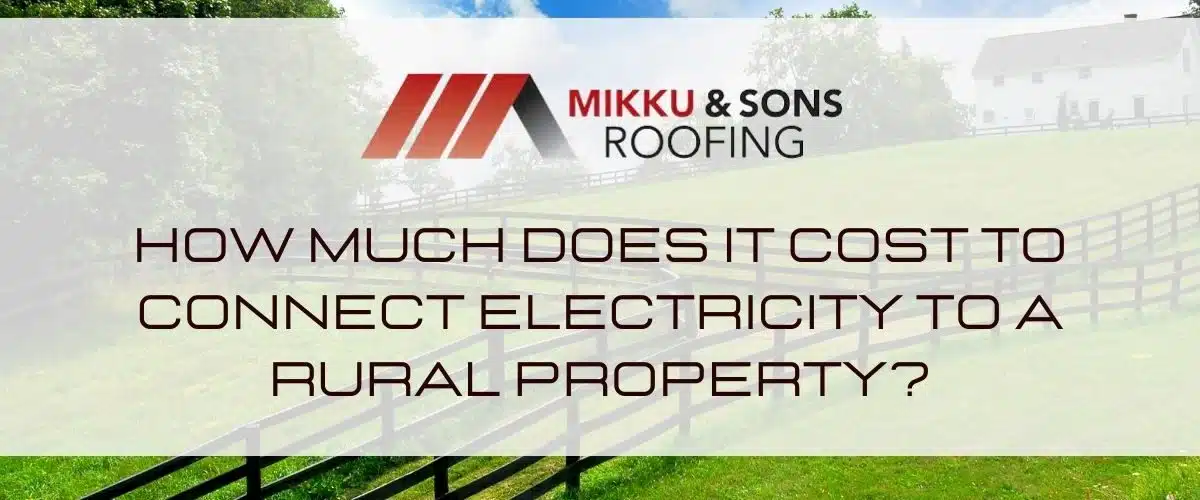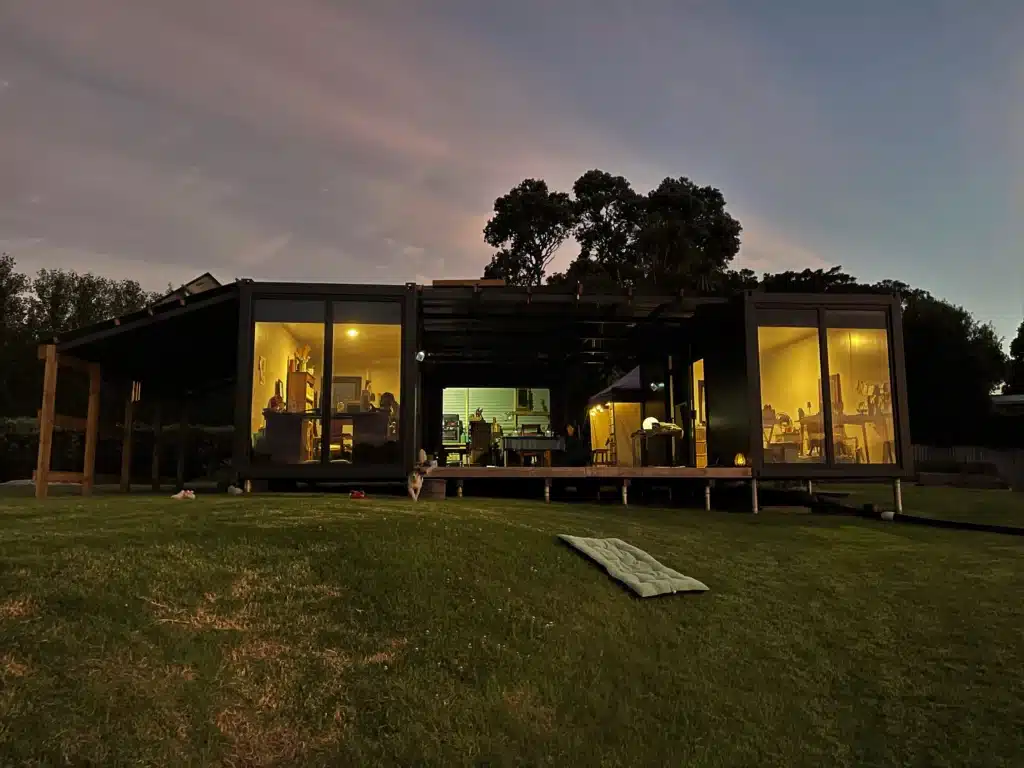Table of Contents
How Much Does It Cost To Connect Electricity To A Rural Property?
How Much Does It Cost To Connect Electricity To A Rural Property? If power lines are already nearby, getting a connection is relatively inexpensive. This includes trenching costs for underground utilities, a transformer and meter installation for electricity and natural gas, as well as a water well, septic system, and propane tank.
However, if the nearest power line is a mile or more away, things get much more expensive. Here are some of the major factors that determine the cost:
Location:
When buying a piece of rural land to build a home on, it’s important to investigate the availability and cost of getting electricity to the property. This can be a significant expense that should not be overlooked.
In general, the closer to a power line your house will be located, the less it will cost to hook up. You should always check with the local electric company to see where the nearest lines are. It’s best to do this before purchasing the property so you have an idea of what costs to expect. The seller or the agent of the property may not know exactly where the nearest power line is located and might just say “nearby”.
Another important factor to consider is how far your house site is from existing utility lines. Most companies will charge a fee per foot of distance they have to run lines from where the lines meet the road to your house site. This can quickly add up if the distance is quite a bit.
In addition, you’ll likely need to install a transformer to convert the high transmission line voltage down to the 240 volts needed to feed your house. This can be an additional expense of up to $500 or more. If you’re considering a location that is far from the nearest power lines, it may be more economical to consider alternative energy sources such as a generator or off-grid solar power system.
Distance:
The cost of getting utilities to a new property can be a significant barrier for many investors. It can be especially difficult to get a precise price on the cost of utilities for vacant land because many different factors can affect costs.
One of the most important factors is how close a property is to existing power lines. This can affect the total cost of electrical installation, as well as the amount of work that will need to be done. The farther the property is from existing power lines, the more expensive it will be to connect it.
It is always a good idea to get an estimate from the local utility company before you purchase a property. It is also a good idea to ask the seller or their agent for a definite answer, but be wary of the word “nearby.” This can mean a few blocks away or it could mean that they are on the other side of the road!
If you are looking to buy a lifestyle block that does not have access to public utilities, it is worth considering working with professionals to design a comfortable off-grid home.
They can help you with a range of options, including Solar power, wind electricity generation, and non-electric alternatives like LPG. This way, you can still enjoy the benefits of living in a rural area without the worry of high electricity costs.
Wiring:
Getting utility lines run to your homestead or farm is a costly undertaking, but one that can pay off once the house is finished and you have power from the mains. It’s not a DIY project, though, as the proper installation is crucial to prevent electrical shocks, sewage contamination of soil and local waterways, fire hazards, and other dangers. Most municipalities require licensed professionals to add utility lines, so it’s generally best to work with the pros.
Before you get started on bringing electricity to your Property, the electric company will send out an engineer to evaluate your land and figure out how they can run their new lines. They will specify the path and what they expect you to do on your land to avoid problems, like clearing trees for their lines.
Depending on the size of your home, you may need to install a transformer at your house location, which can add to the cost. You’ll also have to decide whether you want overhead or underground lines. Underground lines are more expensive, but they offer more reliability. Some power companies cover part of the cost based on your estimated electricity usage, while others will only run your line for free up to a certain distance or offer you a discount if you’re connecting it as a primary residence.
Equipment:
Many things can affect the cost of connecting utilities to a rural property. If the land has existing lines nearby, then the costs can be much lower than if the property is far from a power source. The cost may also depend on whether you want overhead or underground lines. Underground lines can be more expensive than overhead.
The costs can include trenching, the price of electric conduit, and the installation of a new transformer (the big can-like Devices on a pole that converts a higher transmission line voltage down to 240 volts that feeds your house). It is also necessary to pay for the electricity company to install the meter socket on your home and pull the lines through from the nearest utility pole.
If connecting to the local Power company is not feasible or affordable, you can explore alternative power sources, such as solar or wind. These options require more upfront investment but are sustainable in the long run and provide renewable energy.
If you are considering buying a piece of land, ask the seller or real estate agent where the nearest power lines are located. Be wary of sellers who say they are “nearby” or who cannot give you a precise answer. The only way to know for sure is to get a cost estimate from your local utility services and an Electrician.






Add comment